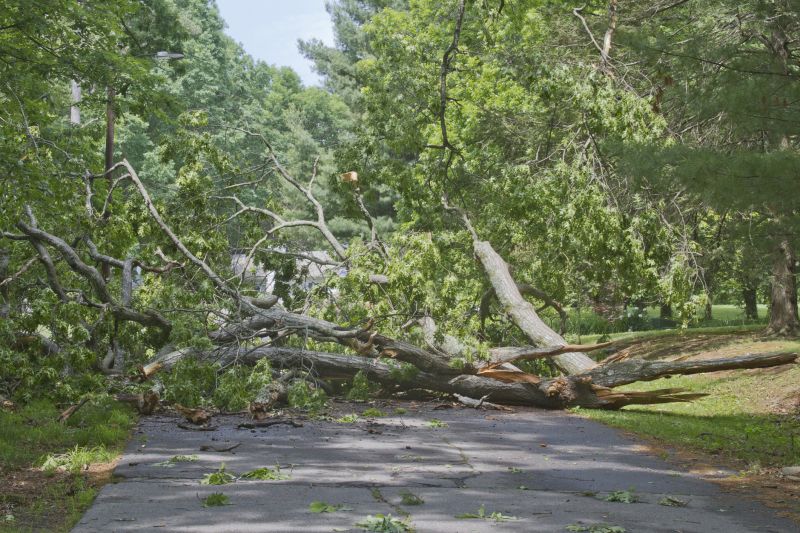Optimal Timing for Trail Clearings
Trail clearings are essential for maintaining safe and accessible pathways through natural areas. Proper timing ensures that clearing efforts are effective and do not interfere with wildlife or plant cycles. Understanding seasonal patterns and environmental conditions is crucial for optimal trail maintenance.
Spring is ideal for trail clearings as it allows for removal of winter debris before peak usage and encourages healthy trail conditions for the growing season.
Summer provides long daylight hours and dry conditions, making it suitable for thorough clearing and trail repair work.
Fall is suitable for clearing as it prepares trails for winter, removing fallen branches and leaves to prevent hazards.
Winter trail clearing is limited due to snow cover, but minimal maintenance can be performed in milder periods to ensure safety.

Tools used for clearing include chainsaws, trimmers, and rakes, suitable for different terrain and debris types.

Visuals of trail work in different seasons highlight timing considerations for optimal results.

Images of fallen branches and leaves demonstrate common obstacles addressed during clearings.

Ways to make Trail Clearings work in tight or awkward layouts.

Popular materials for Trail Clearings and why they hold up over time.

Simple add-ons that improve Trail Clearings without blowing the budget.
| Season | Best Practices |
|---|---|
| Spring | Remove winter debris early, inspect for damage, and prepare for increased trail use. |
| Summer | Perform detailed clearing, repair erosion, and ensure trail safety. |
| Fall | Clear fallen branches and leaves, and prepare trails for winter. |
| Winter | Minimal clearing, focus on hazard removal during mild periods. |
| Environmental Considerations | Avoid disturbing wildlife during breeding seasons, typically spring and early summer. |
Trail clearings contribute to the safety and accessibility of outdoor pathways. Regular maintenance prevents overgrowth, reduces hazards, and enhances the user experience. Proper timing aligns with seasonal weather patterns and ecological cycles, ensuring effective and responsible trail management.
